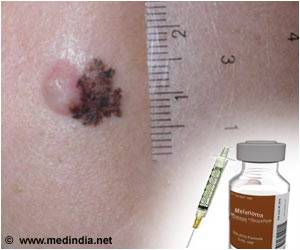The lamps used in tanning beds emit over 95% UVA rays. UVA is more harmful than UVB as it penetrates deeper into the skin and creates harmful mutations.

Many gyms and fitness centers offer free, unlimited tanning as a perk of membership packages and market it to high school and college students. Although most of the young users are introduced to tanning beds as a one-time thing they plan to do for prom, it can become addicting.
Neeves said, "The lamps used in tanning beds emit over 95% UVA rays and minimal UVB rays. The UVB rays that come from natural sunshine are what make you feel burned and red and cause you to seek shade and protection. Because they are present in such small quantities in the tanning beds people can stay in there frying and not feeling any bad sensations. UVA radiation is also more harmful than UVB in that it penetrates deeper into the skin and create more harmful mutations. There is no such thing as a healthy tan, and so individuals who have darker skin because of their ethnic backgrounds must still use sunscreen and other precautions to avoid prolonged exposure outdoors."
Source-Medindia











